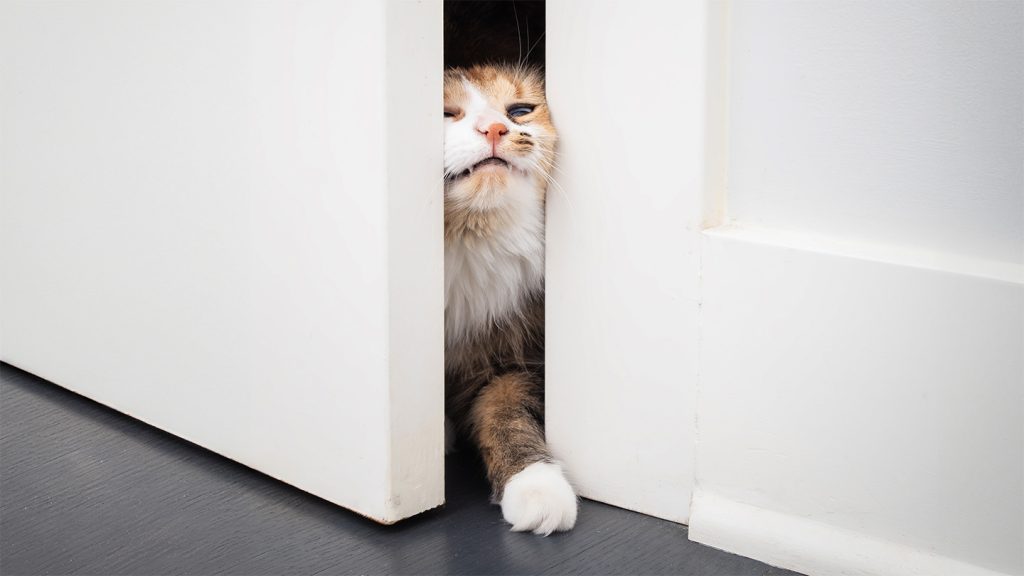The study found that cats are aware of their body sizes and may form mental images of themselves, similar to dogs. Pongrácz designed a portable lab to test cats in their homes, where they had to squeeze through holes on panels while being filmed. Cats hesitated when faced with short holes, suggesting a self-preservation strategy to avoid potential threats. This behavior shows that cats rely on their body size representation to plan their approach.
Unlike dogs, cats are challenging to test in a lab due to their reclusive nature. Cats tend to be stressed in a lab environment, so Pongrácz brought the lab to the cats by setting it up in the homes of cat owners. The experiment involved the cats squeezing through holes of varying height and width. Most cats flowed through slim openings without hesitation, displaying a trial-and-error strategy. The hesitation to crawl through short holes may be a way for cats to protect themselves from potential dangers.
The findings of the experiment shed light on how cats navigate spaces and make decisions based on their body size representation. The study demonstrates that cats pause and think before attempting to squeeze through uncomfortable openings, showing a level of awareness and decision-making. The research also suggests that cats may act differently depending on the situation, such as avoiding quick movements to prevent injury while chasing prey.
Despite the challenges of testing cats, Pongrácz found the experiment to be enjoyable and engaging. He encountered amusing cats and observed how their owners reacted to their behaviors during the trials. Some owners were surprised by their cats’ struggles, while others were amazed by their intelligence. Overall, the study highlights the intricate behaviors and cognitive abilities of cats, providing insight into their self-awareness and problem-solving skills.


